Nature filmmakers have, for some time, documented wildlife and the environment, so that people can learn more about the different animals and insects that are in our ecosystem. Each insect and animal is crucial to the planet, as well as to humans, so we must understand each, and the value they bring to us. The firefly has been captured by nature filmmakers for reasons of conservation, among others, like their unique manner of illuminating in the dark. Fireflies are as unique and beautiful as they are magical. Unfortunately, they are in danger of becoming extinct. Globally, their numbers are diminishing, and this is bad for the environment.
Fireflies are just one more sign that summer is here. Remember when you could see thousands of tiny lights go on and off in fields and forests? Unfortunately, future generations may not ever experience this magical happening because they are slowly, but surely, disappearing from their natural habitats. Wildlife specialists do not know why, but they do have some educated guesses on the matter.
One is that humans are encroaching on their habitats. As we move out to the suburbs, flattening forests to build new homes, condominiums, shopping centers, and so one, they are running out of space. Another problem that may be affecting them, and the environment, is light pollution. Noise pollution, pesticides, and logging are other problems that the firefly faces.
Upon studying fireflies, nature filmmakers have observed their habits closely. They live near ponds or streams, in rotting wood, and they tend to remain in the areas where they were born, like marshes, fields, or forests, and prefer a humid environment. The major problem with the dwindling population of the beautiful firefly is likely to be caused by human traffic. Where there are more people, there are less fireflies. Light pollution is believed to confuse their communication and flash patterns, making their signals to mate more difficult, and thus, resulting in less larvae born.
Understanding the Firefly
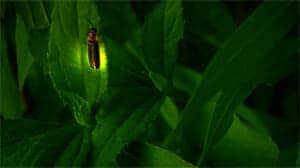
A Firefly Flash
The firefly or lightning bugs is actually a winged beetle that flashes a light from the lower abdomen, produced by a chemical reaction known as bioluminesence. The color of light emitted can be yellow, light-red, or green. Nature filmmakers have captured fireflies in larval form, hibernating in winter, either underground or under or on tree bark, and emerging in springtime. It is believed that their flashing lights are used to communicate amongst themselves, as both genders of fireflies light up. They flash their lights to attract mates, as a warning to predators, and to protect their territory.
How to Help Fireflies Survive
Although data is inconclusive as a result of short-live studies, there are ways that we can help them recover and increase their population:
* As artificial light is believed to be one culprit in their dwindling population, turn off outdoor lights overnight. Also, invest in dark light fixtures and bulbs, and block indoor lights from flowing out to the exterior.
* Allow some natural litter to accumulate, such as with rotting logs, where larvae is known to thrive on.
* Plant more trees on your property.
* Add a water feature in your front and back yard, as they need standing water to thrive.
* Do not use chemical pesticides on your property, as this practice is believed to be one of the many culprits that could be affecting the firefly population. Many municipalities in North America have passed by-laws against this practice already, for various reasons, and they could help increase the numbers of fireflies once again. Natural fertilizers can be just as effective, without poisoning people or wildlife.
* Grow long, ornamental grasses on your property to keep fireflies safe during the day because these beetles are generally on the ground in the daytime, and mowing may disturb them.
Your interest in wildlife and the environment, as well as your conservation efforts may see boost the firefly population. Getting more people involved, like your neighbors, is recommended.
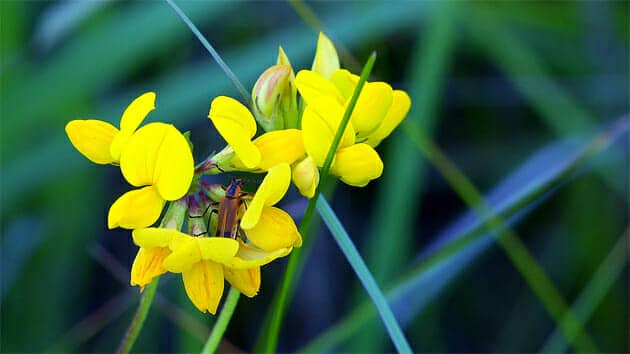
A Soldier Beetle crawling on a tallgrass prairie wildflower, is in the same family at fireflies. Soldier Beetles however lack the glowing ability that lightning bugs have.


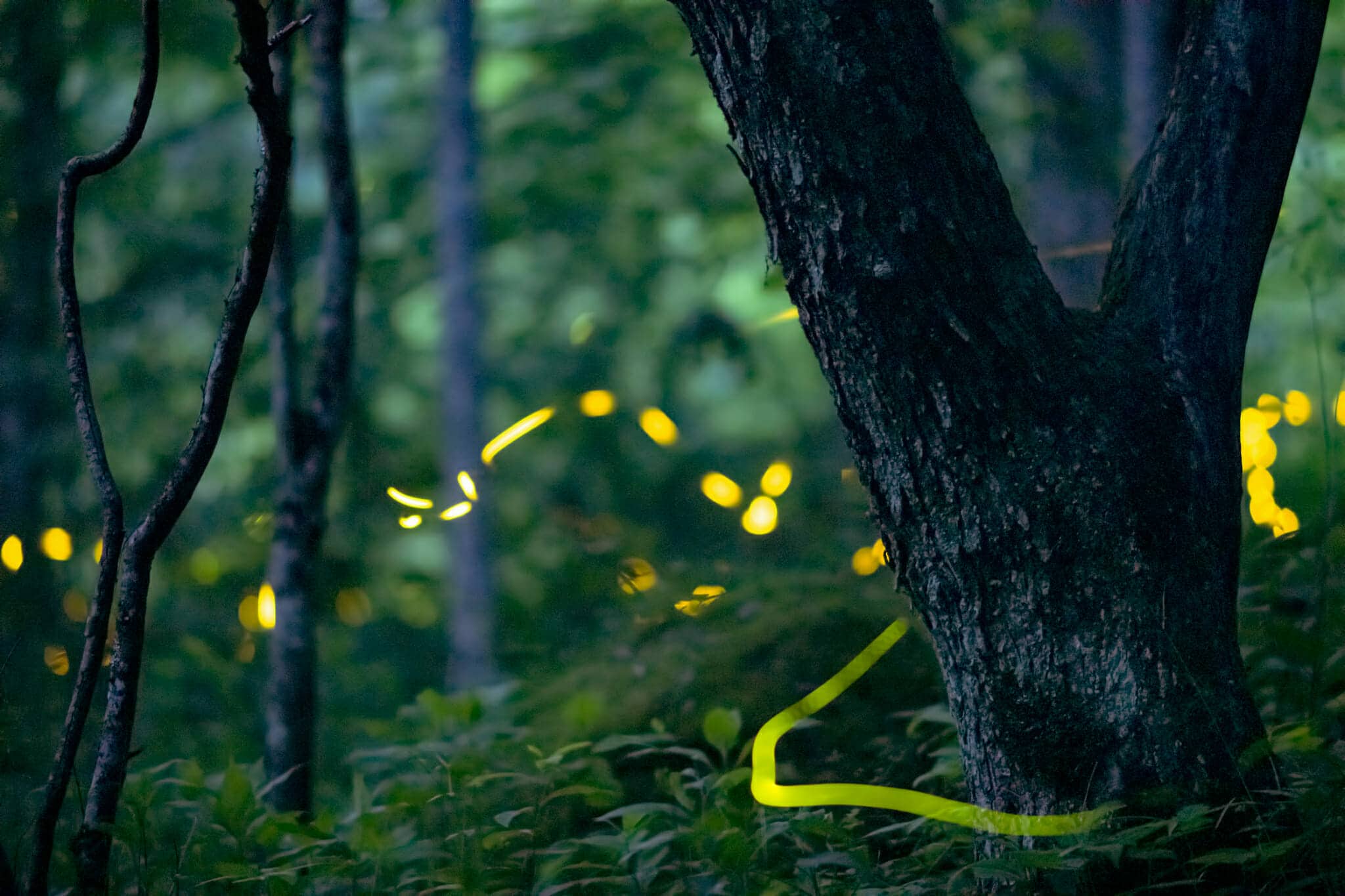
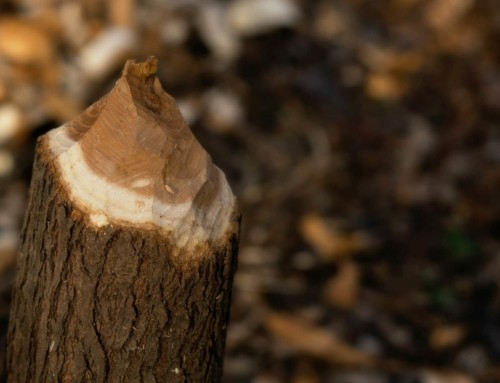
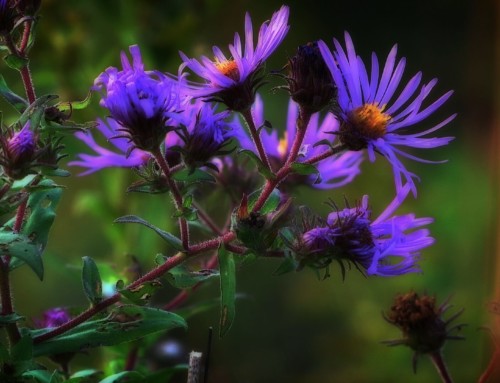
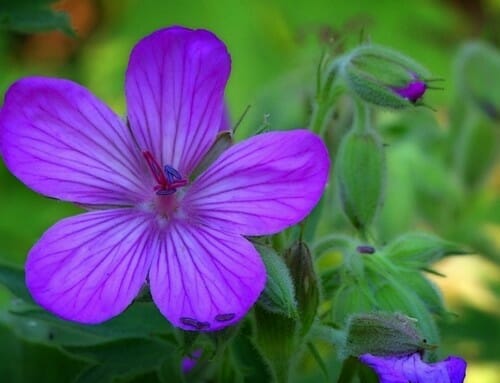
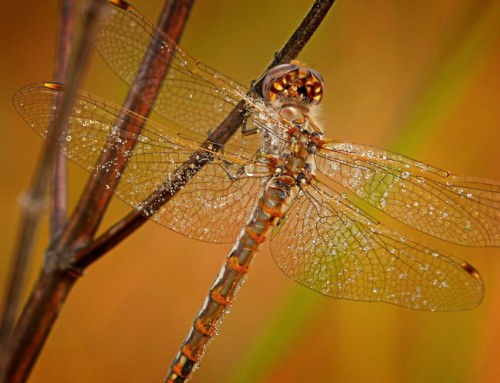

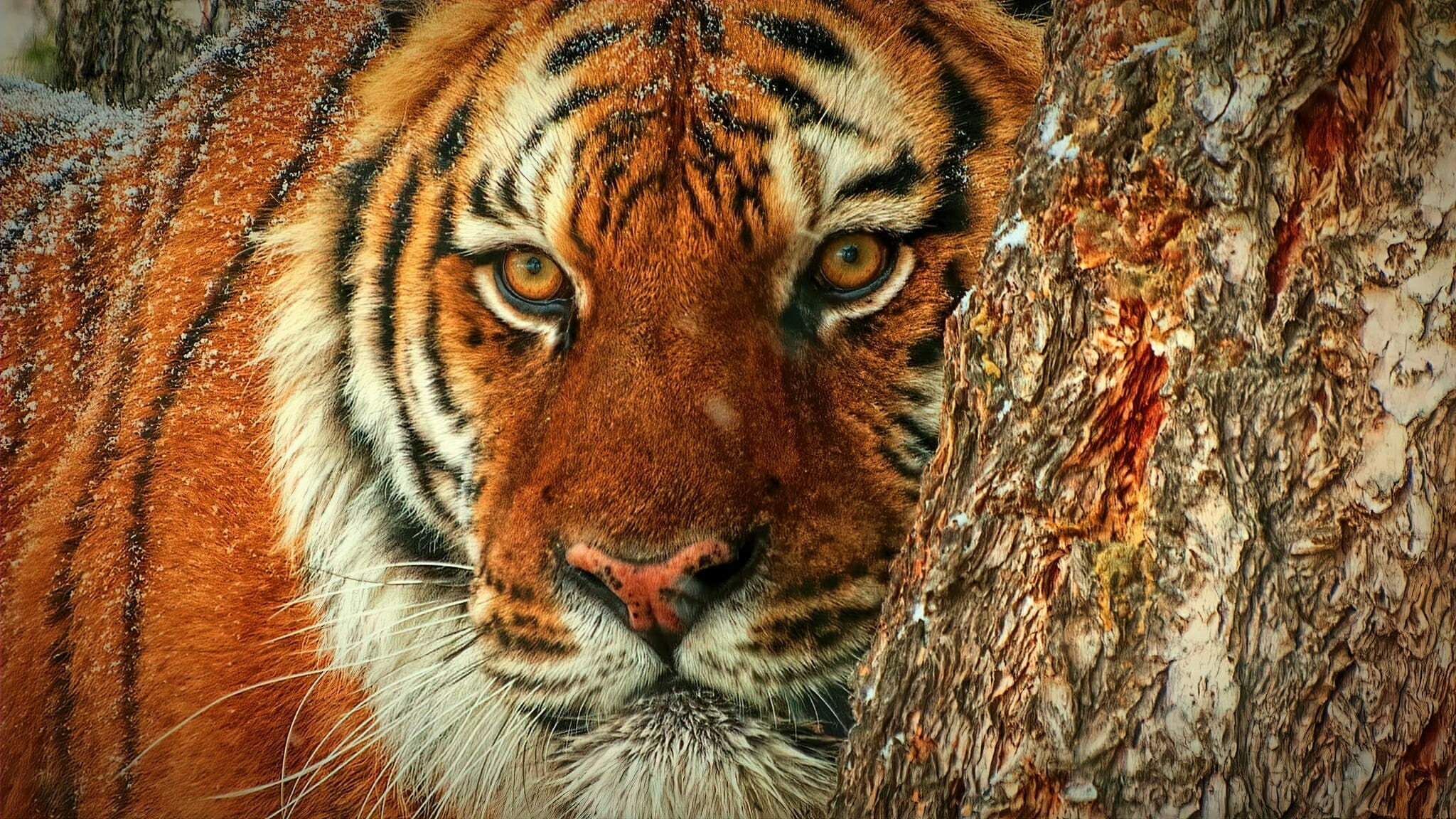
Leave A Comment
You must be logged in to post a comment.